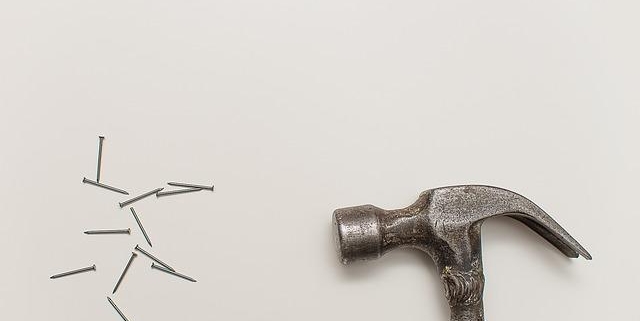
Hammer toe
Overview
Hammer toe is a foot condition that affects one of your three middle toes, causing an abnormal bend in the joint. This condition often leads to discomfort and pain as it progresses. It’s prevalent among adults, particularly those who wear improperly fitting shoes or have other foot injuries. With early intervention and appropriate care, hammer toe can be effectively managed, allowing patients to maintain a good quality of life.
Types
There are two primary types of hammer toe:
1. Flexible Hammer Toes: In the early stages, the affected toes are still able to be moved at the joint and do not cause significant discomfort.
2. Rigid Hammer Toes: As the condition progresses, the tendons of the toe become rigid and the joint may become immovable, often leading to more severe pain.
Causes
Hammer toe usually develops due to genetic predisposition, improper footwear, or due to an imbalance in the foot’s muscle stability. Shoes that are too tight, narrow, or high-heeled can force your toes into a bent position. If shoes like this are worn for extended periods, the muscles may adjust to this position, resulting in hammer toe.
Symptoms
Common symptoms associated with hammer toe include toe pain or discomfort, particularly when moving the toe or wearing shoes, a noticeable deformity in one of your middle toes, corns or calluses on top of the middle joint of the toe, or redness and swelling around the affected area.
Diagnosis
Hammer toe can usually be diagnosed with a physical examination where your doctor will look for signs such as abnormal toe positioning. X-rays might be ordered to assess the severity of joint deformities and to rule out other conditions.
Treatment Options
Treatment for hammer toe typically depends on its severity. Initial treatments may include:
– Changing footwear to more comfortable, roomy shoes.
– Using shoe inserts or pads that can help to reduce pressure on your toes.
– Performing simple foot exercises to strengthen and stretch your foot muscles.
If pain persists and mobility is limited, surgical interventions may be necessary to correct the deformity and relieve pain.
Living With Hammer toe
Living with hammer toe involves making some adaptations to daily life. Wearing spacious, comfortable shoes can help provide your toes with enough room to reduce pain and discomfort. Practicing foot exercises can help strengthen your foot and toe muscles and maintain joint flexibility.
When to Seek Help
You should seek immediate medical attention if you experience persistent foot pain, have a toe deformity that is getting progressively worse, or if you have difficulty walking due to foot pain. Early diagnosis and treatment can prevent the condition from worsening and causing further complications.
Conclusion
Hammer toe can be an uncomfortable condition, but with the right understanding and action, it can be effectively managed. It’s advisable for individuals experiencing persistent toe pain or noticing changes in their toe alignment to contact a healthcare professional.
Authoritative sources such as health websites, medical journals, and healthcare professionals should be consulted when seeking more information about this condition to ensure accuracy and validity of the information you receive.
